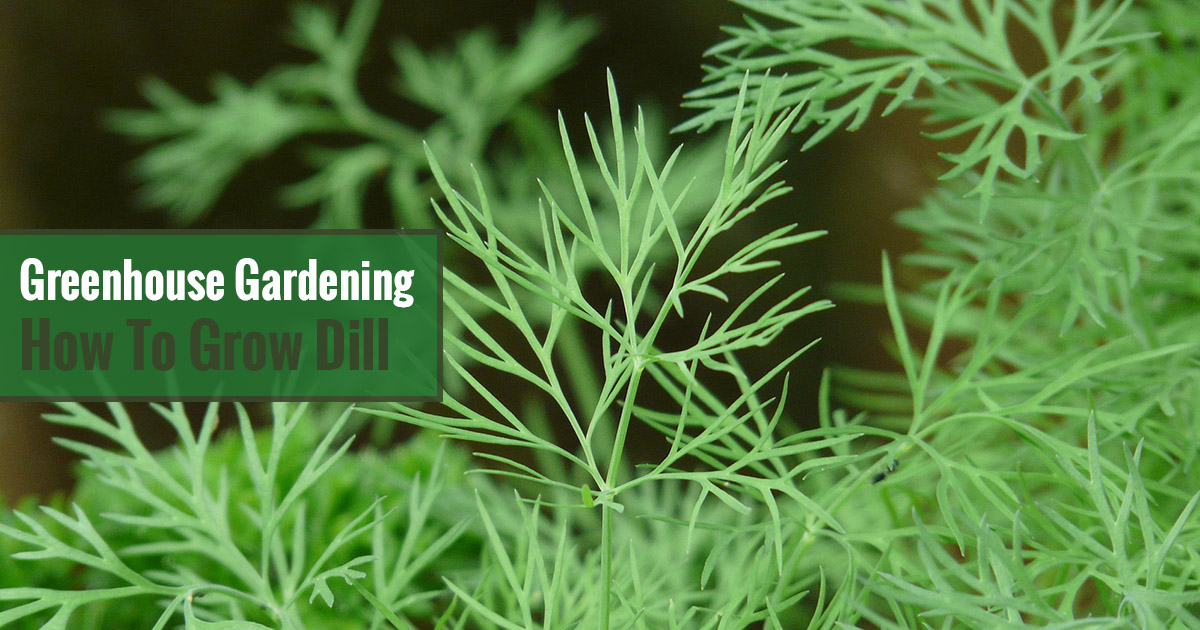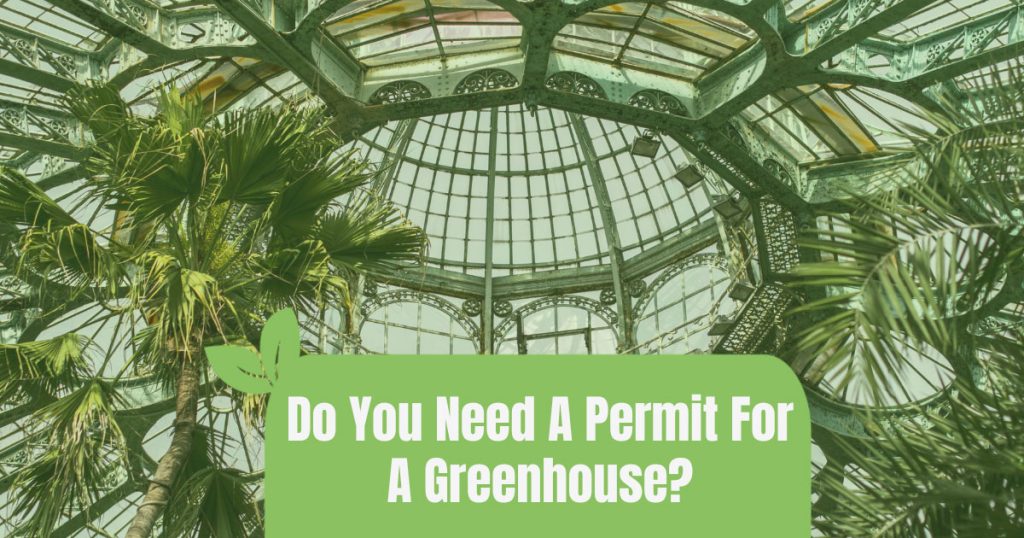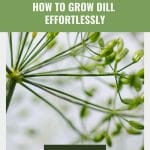


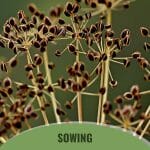
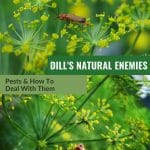
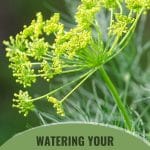
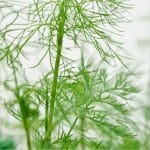
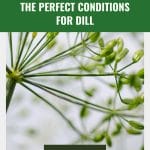


Delicate, feathery leaves, an unmistakable aroma – dill sure is something special. Not only is dill a culinary powerhouse, elevating dishes from mundane to magical, but it’s also a gardener’s dream with its minimal care requirements. But what if you could optimize its growth, ensuring a year-round supply right in the comfort of your greenhouse?
Whether you’re a seasoned gardener looking to expand your herbal repertoire or a newbie with a fondness for fresh seasonings, this guide is your roadmap to growing dill in a greenhouse.
Dill is an annual herb widely grown in Europe and Asia. It is a good source of Vitamin A and has several health benefits, which include its famed anti-inflammatory qualities and ability to improve digestive health. This simple guide to easily grow dill in your greenhouse will help you harvest its beneficial features in no time!
Why would you grow dill in a greenhouse?
Dill is a highly versatile herb used in a wide range of dishes, from pickles and salads to fish and poultry recipes. Having a fresh supply of greenhouse grown dill at your fingertips can elevate your culinary creations.
Dill has been used for its medicinal properties for centuries. It is rich in Vitamin A, Vitamin C, iron, and calcium. It’s also known to aid with blood sugar levels and can prevent heart problems because it contains flavonoids.
Besides these benefits, dill is relatively easy to grow in a greenhouse which makes it a great plant for newbie greenhouse gardeners. It’s not particularly fussy about soil quality and can thrive in less-than-ideal conditions. Once established, dill requires minimal care. It’s relatively drought-resistant and doesn’t require frequent watering or fertilization, making it a low-maintenance option for busy gardeners. It’s also a fast grower, often ready to harvest within 8 weeks of planting.
Dill flowers are known to attract beneficial insects like honeybees and ladybugs, which can help with pollination and natural pest control.
Dill is a good companion plant for many vegetables, including cucumbers and onions, as it helps to repel pests that commonly affect these plants. However, be cautious when planting it near carrots or tomatoes, as it can attract pests that are harmful to these crops.
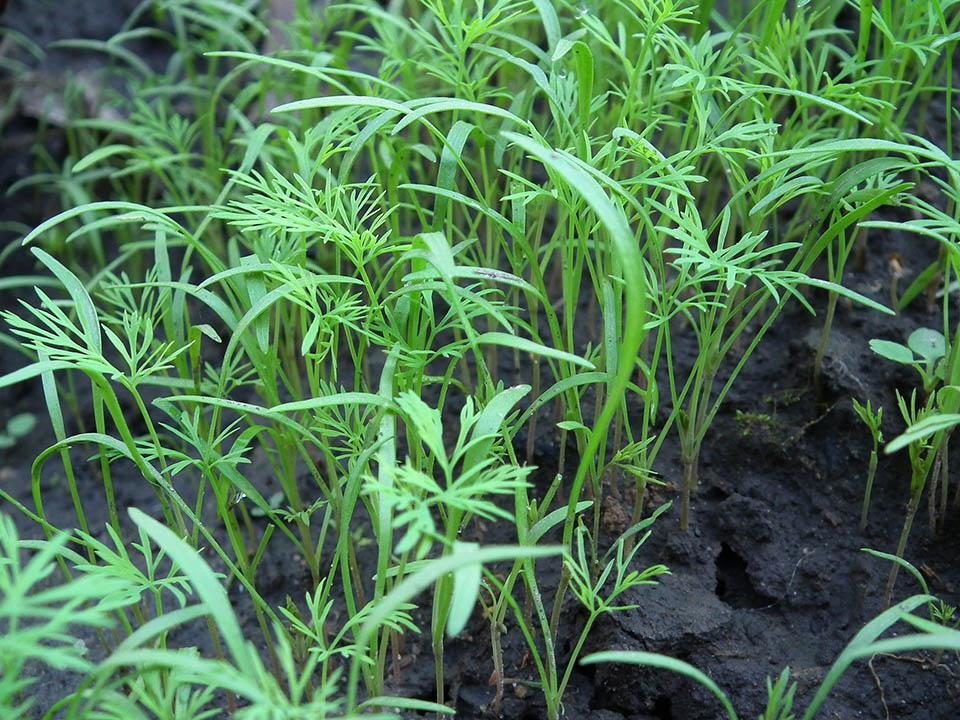
Quick overview of growing dill in a greenhouse
- Type: Cool-season crop
- Time from seed to harvest: 4-8 weeks
- Germination temp: 60-70°F
- Time until first emergence: 10-14 days
- Best temp to grow: 60-70°F
- Height: 3-4 ft
- Spread: 1-3 ft
- Light: Full sun (6-8h)
- Grow from seed: 1/4 in deep; thin to 8-12in spacings
- Companions: Onion, celery, lettuce, cucumbers, kale, asparagus
- Keep away from: Carrots, chilies, peppers, fennel, lavender, potatoes
How to start growing dill in a greenhouse
- Sow dill seeds in about a 1/4 in deep furrows that are at least 18 inches apart.
- If you wish to plant dill in a container, choose one at least 12 inches deep because it grows with a penetrating taproot. Try these garden beds for your greenhouse!
- Keep the spacing of 12 to 24 inches, depending on the width of your container.
- Dill seedlings often emerge after about 10-14 days after planting.
- Thinning lets the rest of the plant to grow more. It is better to thin them when they reach 2-4 in.
- Work the ground around the plant to remove weeds since the plant does poorly when smothered by weeds.
Tips for healthy dill plants
Dill tends to struggle when you try to transplant it, so your best option is to grow it in pots or containers, or in the ground right away. Check out our range of planters to find the ideal home for your herb garden!
To keep the tall flowering stems upright and prevent them from toppling over, you may need to provide some support, like stakes.
Consider succession planting or staggered planting to ensure a steady supply. Start by sowing a small batch of seeds, followed by additional plantings every week or every other week.

What water requirements does dill have?
Dill requires plenty of water during the germination process and the first few weeks. Keep the soil always moist. Once the plant has established, dill doesn’t require much water.
What is the perfect soil for dill?
Dill thrives in nutrient-rich soils that are well-drained with a pH ranging from 5.5 to 6.6. The soil should have temperatures between 60°F to 70°F. Growing dill in your greenhouse needs moist soil while seeds are developing. However, the fact is that it can even tolerate poor soil.
Lighting and temperature
Dill needs plenty of sunlight (6-8 hours) but can grow in partial shade conditions. Make sure that your greenhouse temperature will not fall under 25°F in winter or your precious dill will be ruined. Control the temperature with these greenhouse heaters!
Petty pests for dill plants
Dill is a relatively hardy herb. It does not require special care and is rarely susceptible to infections. However, on some rare occasions, it can be infected. Leaf spots, along with fungal leaf and root infections seem to overwhelm the herb very quickly. Aphids may tend to strike it once it produces seed. Squeeze aphids using your fingers or choose biological control in your greenhouse.
Harvesting dill
The stems, leaves, seeds and flower heads are all safe to eat. Mature dill plants often attain heights of up to 2 feet. However, you can start harvesting them as soon as it has 5 or more well-formed leaves. Harvest by using a pair of scissors. If you have plenty of plants, you can cut off entire stalks.

Harvest leaves as you want during the growing period. Cut the branch short where they connect to the main developing stem or you may cut the entire plant about an inch above the soil. Remove those thick and hard stems.
Choose an entire flower head when they become yellow, but before they matured then cut the stems of their flower heads.
Collect the seeds when the flower heads become brown. The ripe ones will easily drop when touched. Or purchase organic, non-GMO Bouquet Dill from High Mowing!
FAQs about growing dill in a greenhouse
What do dill seedlings look like?
Dill seedlings first emerge as two opposite leaves. After these first two leaves appear, the seedling new leaves begin to have a delicate, fernlike appearance.
How tall does dill grow?
Dill grows 3-4 ft tall on average. The tallest varieties can reach up to 5 ft tall, while some shorter varieties are about 1-3 ft.
Can you eat dill stems?
All parts of the dill plant are edible. Stems can have a tougher texture, so they are not always preferred for eating. Dill is commonly used for its leaves.

